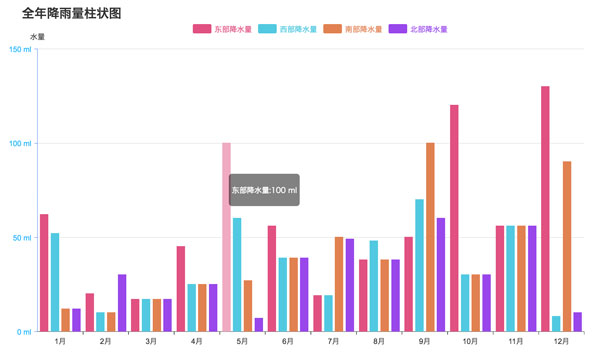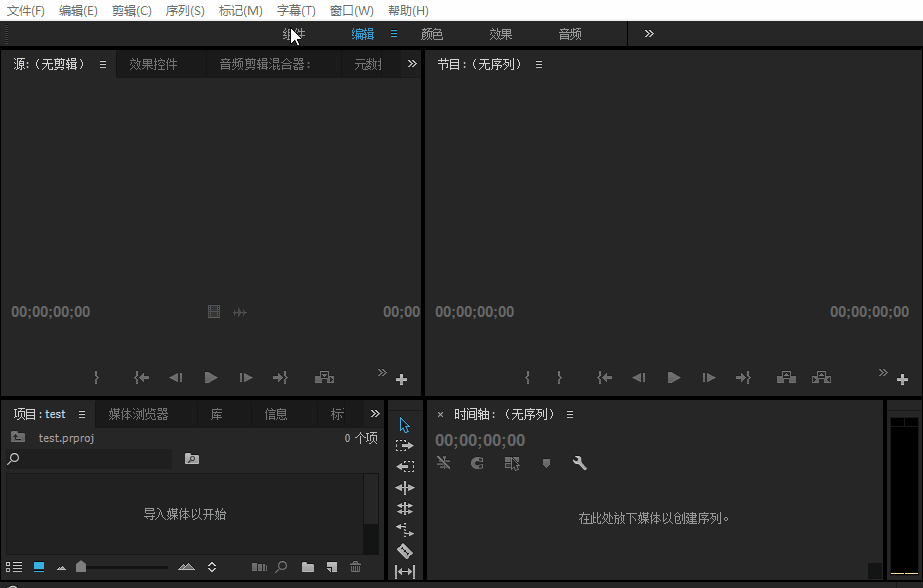微软想要从HTML5中分离Canvas 2D API
时间:2014-09-28周三,一封电子邮件发送到public-html@w3.org,微软的Eliot Graf建议删除Canvas元素,它是用于创建无插件的浏览器的复杂的矢量动画插件的html5规范。Eliot Graf建议发起一个新的单独的Canvas API规范.
以下是该电子邮件部分内容:
In his mail describing why he created a separate Canvas 2D API specification, Doug Schepers wrote [1]:
> There is a chance that currently Canvas could be a blocker on progress
> for the html5 spec, and at this point, Canvas is so widely implemented
> that I don’t think it’s at risk, so I hope this isn’t disruptive. I am
> available to help with any editing that needs doing, but I hope that
> others will also work with this draft, and step into the editor role.At Microsoft, we agree with the sentiments expressed by Doug, Maciej [2], and others about creating a separate Canvas 2D API specification. [3] We are prepared to offer editorial resources to aid in the completion of this separate specification. We have looked over Doug’s initial document, made some editorial enhancements, and are prepared to follow through in taking feedback and maintaining the specification.
We believe that some sort of accessibility API functionality is needed in the canvas element. However, the exact nature and depth of that functionality presents a dilemma that may block progress on the html5 spec. We also think that the Canvas 2D API may be a desirable feature used in other technologies such as SVG.
Starting with Doug Schepers’ initial draft, we made changes to get the document to adhere to the W3C PubRules [4], enhance readability, and improve logical flow of the document. In addition, we foresee adding sample code throughout the specification, where appropriate. No normative changes have been made. As with all drafts, the Canvas 2D API specification is still a work in progress. We would like to solicit feedback about the changes that were made (see below TODO) and about further changes that the working group would like to see.
Our updated version is published at http://dev.w3.org/html5/canvas-api/canvas-2d-api.html.
[1] http://lists.w3.org/Archives/Public/public-canvas-api/2009JulSep/0002.html
[2] http://lists.w3.org/Archives/Public/public-canvas-api/2009JulSep/0007.html
[3] http://lists.w3.org/Archives/Public/public-html/2009Aug/0628.html
[3] http://www.w3.org/2005/07/pubrules[…]
IE浏览器(Microsoft Internet Explorer)是唯一一个不支持Canvas的浏览器,而Firefox,Safari和Opear现在都已经支持了。微软的反对是没有道理的,因为Canvas提成动画功能将对微软的计划Silverlight平台有影响,它是利用Silverlight编写商业软件的作者相冲突.
几位成员指出,如果微软的开发者能够从HMTL5的规范中独立,这些资源可以更好地用被浏览器支持。
谷歌一员工是html5规范的编辑者,他回应这一说法,他说这一战略有几个明显的问题点,并说这不是一个好的主意:
如果我们要分裂出2D API的-我的确不知道,如果在这一点上,这是我们应该做的,坦率地说-那么我宁愿我们这样做的基础上,在html5规范文字了,宁愿有一个编辑谁是能够给这个全职注意,它的需求。
不过,我真的不知道在这一点上,它甚至有意义的提取API的了。API和HTML紧密的联系着,例如它是指HTML Video元素的html5“结构克隆”功能的定义是帆布接口方面,等等。有将是一个双向的参考,这将是一个维修噩梦,这将只是推迟了两个文件的进展。
有什么困难,我们正在试图通过了API的分裂解决这个问题呢?
相关文章
 有关HTML5页面在iPhoneX适配问题这篇文章主要介绍了有关HTML5页面在iPhoneX适配问题,需要的朋友可以参考下
有关HTML5页面在iPhoneX适配问题这篇文章主要介绍了有关HTML5页面在iPhoneX适配问题,需要的朋友可以参考下 html5中canvas图表实现柱状图的示例本篇文章主要介绍了html5中canvas图表实现柱状图的示例,本文使用canvas来实现一个图表,小编觉得挺不错的,现在分享
html5中canvas图表实现柱状图的示例本篇文章主要介绍了html5中canvas图表实现柱状图的示例,本文使用canvas来实现一个图表,小编觉得挺不错的,现在分享 Adobe Html5 Extension开发初体验图文教程Adobe公司出品的多媒体处理软件产品线较多,涵盖了音视频编辑、图像处理、平面设计、影视后期等领域。这篇文章主
Adobe Html5 Extension开发初体验图文教程Adobe公司出品的多媒体处理软件产品线较多,涵盖了音视频编辑、图像处理、平面设计、影视后期等领域。这篇文章主 基于HTML5的WebGL经典3D虚拟机房漫游动画这篇文章主要介绍了基于HTML5的WebGL经典3D虚拟机房漫游动画,需要的朋友可以参考下
基于HTML5的WebGL经典3D虚拟机房漫游动画这篇文章主要介绍了基于HTML5的WebGL经典3D虚拟机房漫游动画,需要的朋友可以参考下 canvas 实现 github404动态效果的示例代码本篇文章主要介绍了canvas 实现 github404动态效果的示例代码,小编觉得挺不错的,现在分享给大家,也给大家做个参考
canvas 实现 github404动态效果的示例代码本篇文章主要介绍了canvas 实现 github404动态效果的示例代码,小编觉得挺不错的,现在分享给大家,也给大家做个参考 html5实现移动端适配完美写法这篇文章主要介绍了html5实现移动端适配完美写法,需要的朋友可以参考下
html5实现移动端适配完美写法这篇文章主要介绍了html5实现移动端适配完美写法,需要的朋友可以参考下